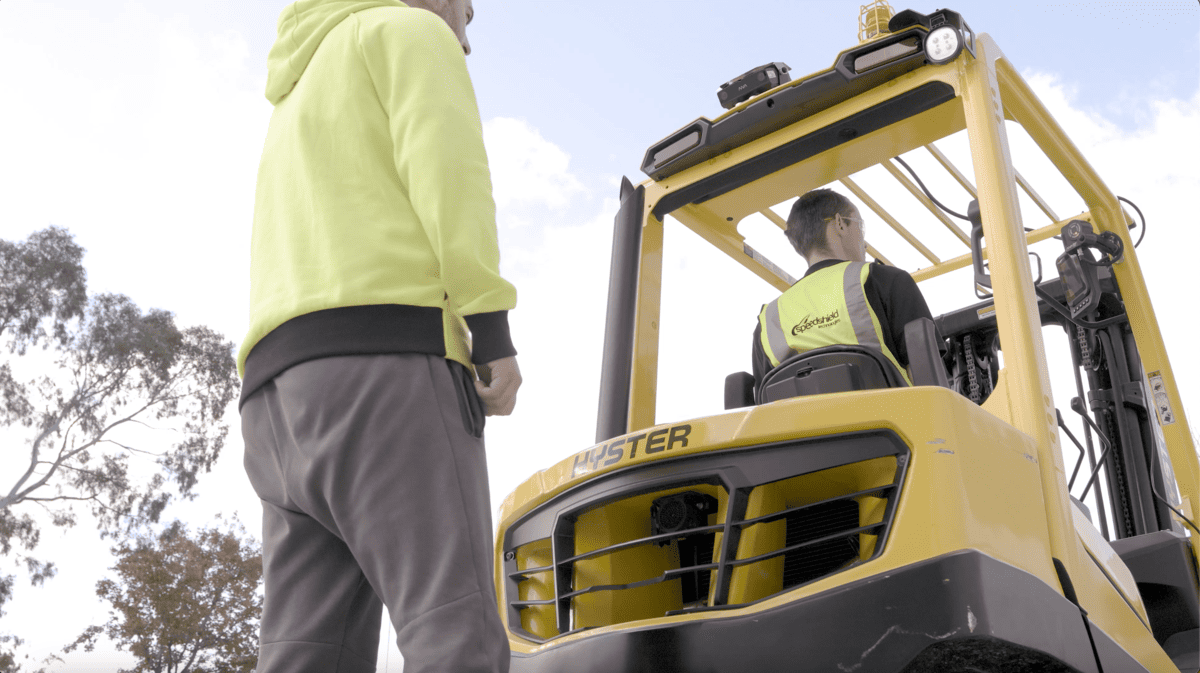Forklift safety is a fundamental aspect of industrial and warehouse operations, where heavy machinery and pedestrian activity frequently intersect. Understanding and implementing forklift safety guidelines not only ensures regulatory compliance but also protects workers, minimizes accidents, and enhances overall efficiency. By focusing on operator awareness, advanced safety devices, and best practices, businesses can create safer environments and reduce the risks associated with forklift operations.
The importance of forklift safety awareness
Workplaces that utilize forklifts must prioritize safety awareness at all levels. Forklift-related incidents often result from poor visibility, inadequate operator training, and pedestrian inattentiveness. Safety awareness should be ingrained in the company culture, ensuring that both operators and pedestrians understand potential hazards and their responsibilities in maintaining a safe environment.
Key areas of safety awareness include:
- Recognizing blind spots and high-risk zones
- Understanding the operational limits of forklifts, including turning radius and braking distance
- Establishing clear communication between operators and pedestrians
- Implementing regular safety training and refreshers to reinforce best practices
Essential safety devices for forklift operations
Advancements in technology have introduced a range of safety devices that enhance forklift operation and pedestrian protection. Implementing these technologies can significantly reduce accident rates and improve workplace safety.
- Pedestrian detection systems: advanced solutions like our AiVA pedestrian detection system, use AI-driven machine vision to detect pedestrians in real time, alerting operators to their presence and reducing the risk of collisions.
- Proximity alarms: These devices provide audible and visual warnings when pedestrians or obstacles are detected within a predefined range.
- Heavy-duty cameras and sensors: Rear-view and side-mounted cameras enhance visibility, particularly in areas with limited operator sightlines.
- Speed-limiting technology: Automated controls can regulate forklift speed in designated zones, ensuring safer manoeuvrability in high-traffic areas.
- Seatbelt interlock systems: These prevent the forklift from operating unless the driver is securely fastened in, reducing the risk of ejection during sudden stops or tip-overs.
Best practices for forklift operation and safety
While technology enhances safety, effective training and best practices remain essential. Companies must implement structured policies that align with forklift safety regulations and industry standards.
- Comprehensive operator training Operators should undergo rigorous training programs covering vehicle handling, load management, and emergency procedures. Certification should be mandatory, with periodic assessments to ensure ongoing competency.
- Workplace hazard assessments Conducting regular safety audits helps identify potential risks and mitigate them before they result in accidents. Employers should assess warehouse layouts, pedestrian pathways, and environmental factors such as lighting and floor conditions.
- Traffic management plans Designating separate lanes for forklifts and pedestrians reduces unnecessary interaction and minimizes collision risks. Signage, barriers, and floor markings help enforce these pathways effectively.
- Load stability and weight distribution Operators must ensure that loads are correctly balanced and secured before movement. Overloading or unevenly distributed weight increases the risk of tip-overs and equipment damage.
- Regular equipment maintenance Routine inspections and servicing of forklifts prevent mechanical failures that could lead to safety hazards. Checks should include brakes, steering, hydraulic systems, and tires.
- Emergency preparedness Having a clear response plan for incidents such as tip-overs, collisions, or mechanical failures is essential. Employees should be trained on emergency protocols, first aid procedures, and evacuation plans.
Fostering a culture of safety
Creating a culture of safety goes beyond compliance—it requires commitment from leadership and active participation from employees. Encouraging open communication, reporting of near misses, and continuous improvement initiatives ensures that safety remains a priority. Regular workshops and feedback sessions can also help reinforce safety awareness and adapt policies to evolving workplace needs.
For more information on cutting-edge safety solutions and best practices, get in touch with us now.
